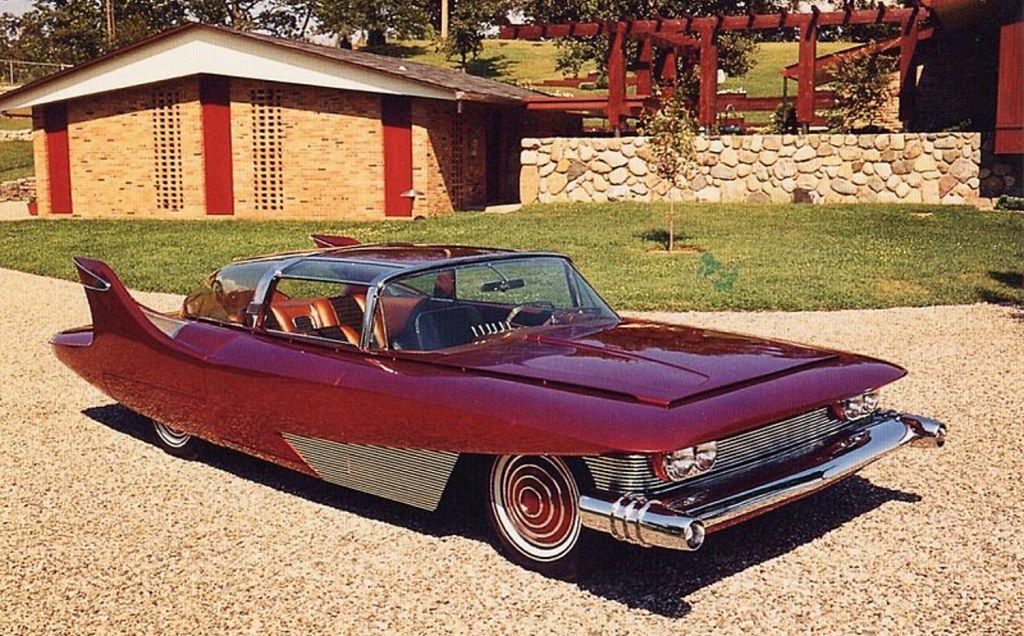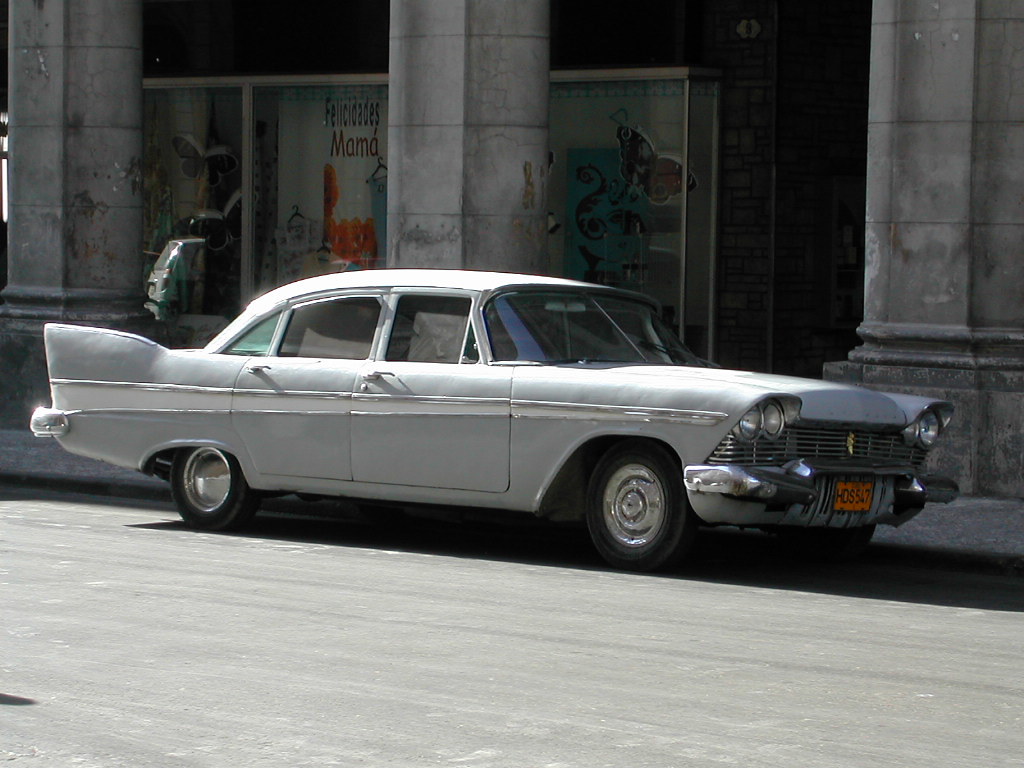
The automotive industry is a dynamic arena, characterized by relentless innovation, fierce competition, and a constant evolution of consumer preferences. While some brands achieve enduring success and become household names, many others, despite their initial brilliance and iconic status, eventually succumb to market pressures, corporate restructuring, or simply the relentless march of progress. This continuous ebb and flow shapes the landscape of the global economy, offering critical lessons in business strategy and market resilience.
Behind every vanished marque lies a compelling narrative of ambition, engineering prowess, and often, the unforgiving realities of the marketplace. These brands, once vital players, each contributed significantly to automotive history, leaving behind a legacy of memorable vehicles and groundbreaking ideas. Understanding their trajectories provides invaluable insights into the complexities of brand management, the challenges of sustained market relevance, and the profound impact of strategic decisions in a high-stakes industry.
In this extensive overview, we delve into the stories of 14 iconic automotive brands that, for various reasons, have vanished from the market. We will explore their origins, highlight their distinctive contributions, analyze the factors that led to their demise, and reflect on the lasting impact they had on the industry. From innovative ventures launched to capture new demographics to venerable names that simply couldn’t adapt, these cases offer a sobering reminder of the transient nature of even the most beloved enterprises.

1. **Eagle**Eagle emerged onto the automotive scene in 1988, a direct consequence of Chrysler Corporation’s acquisition of American Motors Corporation (AMC) the preceding year. Chrysler leveraged the Eagle name from AMC’s existing crossover line, intending for the brand to serve as a platform for marketing AMC-developed vehicles. This strategy aimed to integrate AMC’s assets into Chrysler’s broader portfolio, hoping to capitalize on existing designs and consumer recognition.
Initially, Eagle introduced models such as the Eagle Premier and the AMC-branded Eagle Wagon, carrying forward the legacy of its predecessor. Beyond these AMC-derived offerings, the brand also became a conduit for rebadged Mitsubishi vehicles. This strategic move allowed Chrysler to expand its product line quickly, incorporating popular Japanese designs and engineering into the Eagle lineup. Examples include the Eagle Talon, a rebranded Mitsubishi Eclipse, and the Eagle Summit, a version of the Mitsubishi Mirage.
Despite these efforts to diversify its offerings and tap into different market segments, the Eagle brand struggled to gain significant traction. Declining sales became a persistent challenge, signaling a lack of distinct identity or compelling value proposition in an increasingly competitive market. Ultimately, these struggles proved insurmountable, leading Chrysler to discontinue the Eagle brand in 1999, just over a decade after its inception.
The swift demise of Eagle underscores the difficulties even large corporations face when attempting to establish new brands, especially through rebadging strategies. Without a clear and unique market position, and robust consumer appeal, even a diverse product line can fail to secure long-term viability. The brand’s short but notable run illustrates a critical period of corporate acquisition and integration within the American auto industry, where consolidation often led to the culling of less successful ventures.
Read more about: Buckle Up for Laughs: 14 Unexpected Car Rules From 12 Famous Comedians
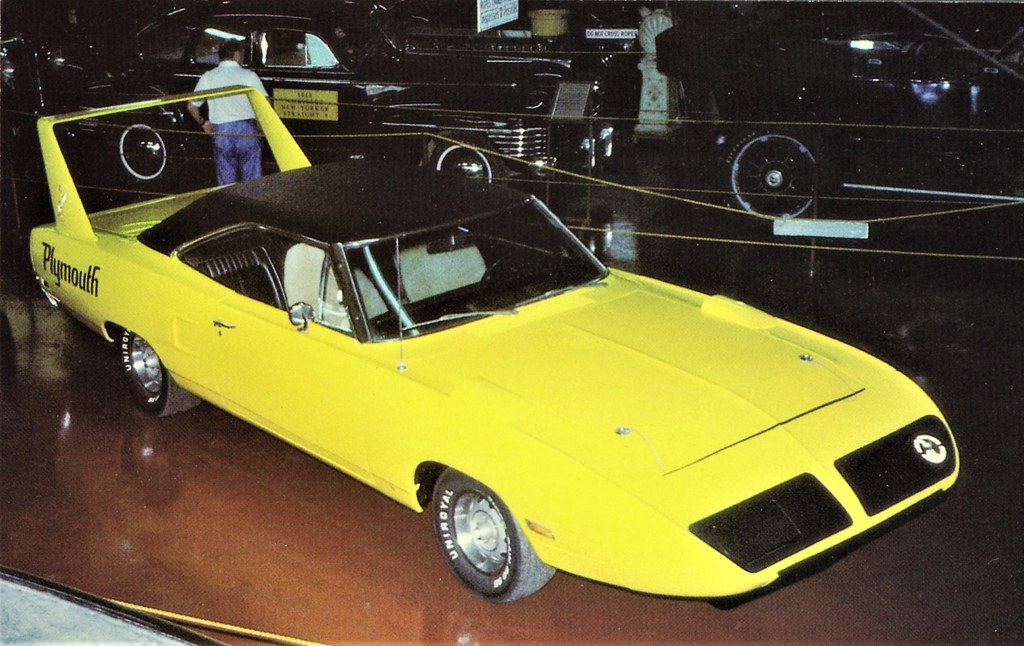
2. **Plymouth**Plymouth, introduced by Chrysler in 1928, was conceived as an affordable, entry-level brand, designed to make car ownership accessible to a broader demographic during a pivotal era in automotive history. For decades, it successfully carved out a niche for itself by offering reliable and budget-friendly vehicles. The brand became synonymous with practical transportation, appealing to families and individuals seeking dependable automobiles without the premium price tag.
Over its extensive run, Plymouth became home to numerous iconic models that resonated deeply with American consumers. Enthusiasts remember the Barracuda muscle car for its powerful performance and distinctive styling, while the Prowler roadster stood out with its retro-futuristic design. Beyond these performance-oriented vehicles, Plymouth also excelled in producing popular family-oriented vehicles, such as the Neon sedan, known for its economy and youthful appeal, and the Voyager minivan, a staple in suburban driveways.
Despite its strong heritage and a diverse range of successful models, Plymouth faced increasing challenges in the latter half of its existence. Market competition intensified, and strategic shifts within its parent company began to erode its unique position. The brand’s identity became less distinct as Chrysler focused on other brands within its portfolio, leading to overlaps that diluted Plymouth’s market relevance.
The ultimate fate of Plymouth was sealed following Chrysler’s merger with Daimler. This significant corporate consolidation in the late 1990s brought about a reevaluation of the entire brand portfolio. As part of a broader streamlining effort, the Plymouth brand was discontinued in 2001, ending its 73-year run in the American auto market. Its disappearance marked the end of an era for an accessible brand that had long served as a gateway to car ownership for millions.
Read more about: Buyer’s Regret: 12 Compact and Small Cars That Leave Owners Wishing for a Do-Over
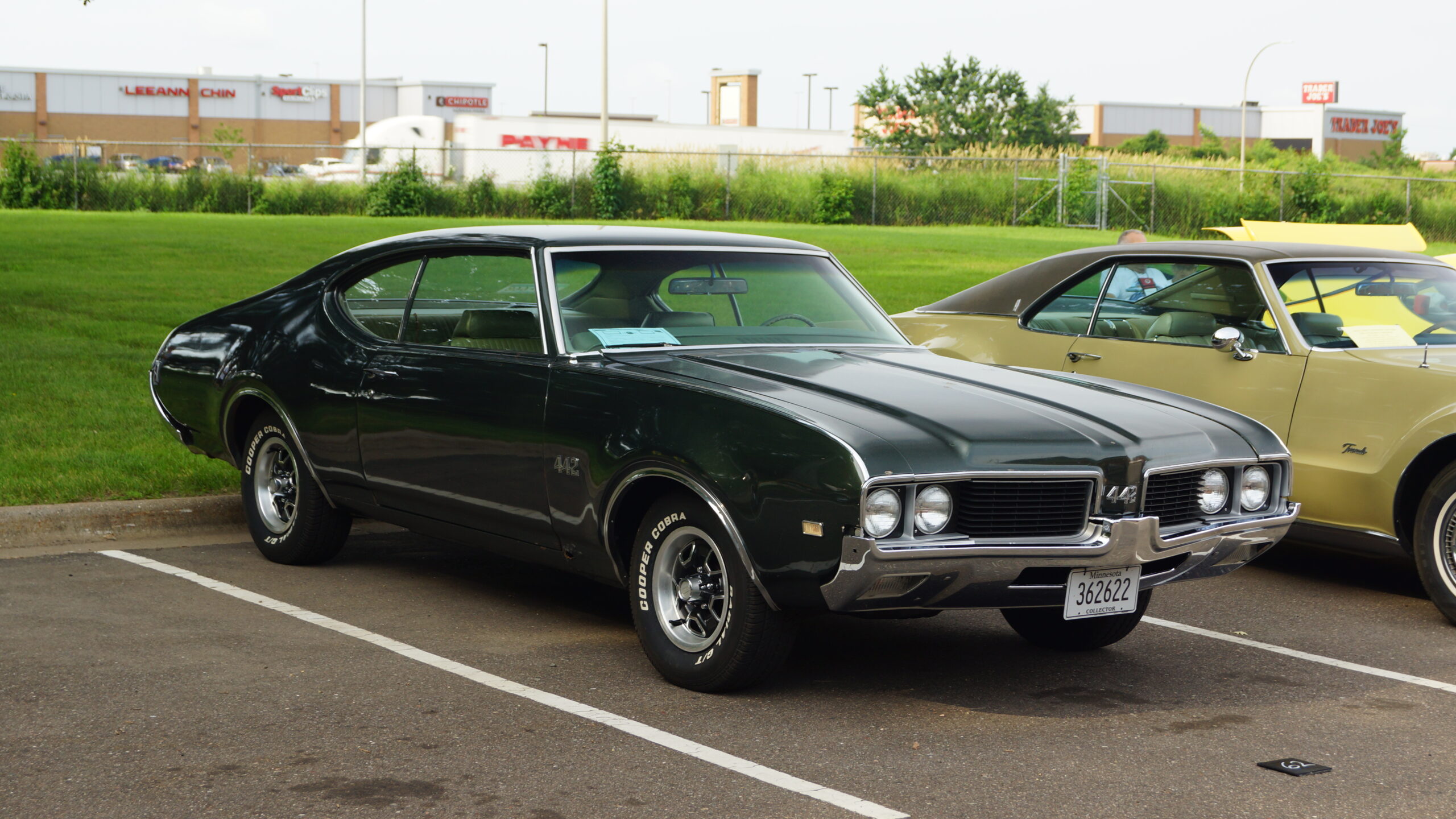
3. **Oldsmobile**Oldsmobile holds a significant place in automotive history as one of the world’s oldest car manufacturers, founded by Ransom E. Olds in 1897. Its early contributions were groundbreaking, including being one of the first companies to mass-produce cars using an assembly line, even preceding Henry Ford’s perfected technique. This pioneering spirit set a precedent for innovation that would define much of its existence.
General Motors acquired Oldsmobile in 1908, integrating it into its burgeoning empire. For nearly a century, Oldsmobile remained one of GM’s premier luxury divisions, renowned for its commitment to innovation and performance. The brand often served as a crucial testing ground for new technologies, which would later be adopted across other GM brands. This made Oldsmobile a vanguard of technological advancement within the corporate structure.
Among its most notable early models, the Curved Dash Oldsmobile (1901–1907) achieved immense popularity, becoming one of the first mass-produced automobiles in history. This success firmly established Oldsmobile’s reputation for reliability and accessibility. In 1940, Oldsmobile introduced another major milestone: the Hydra-Matic, the first mass-produced fully automatic transmission, revolutionizing vehicle operation and ease of driving.
Another significant development came in the late 1940s with the “Rocket” V8 engine. This powerful engine made Oldsmobile’s cars some of the fastest and most potent of their era, cementing the brand’s image as a producer of high-performance vehicles. By the 1950s and 1960s, models like the Oldsmobile 88 and Oldsmobile Cutlass became highly popular, further solidifying the brand’s standing for stylish, high-performance vehicles, reliability, and innovation.
However, despite its rich history, significant innovations, and once-commanding market presence, Oldsmobile struggled to maintain sales in its later decades. General Motors’ decision to standardize designs across brands eventually hurt Oldsmobile’s uniqueness and distinct identity. Coupled with declining sales and an aging customer base, these challenges led GM to phase out the brand. Oldsmobile was ultimately discontinued in 2004, marking the end of a legendary American automaker.
Read more about: 15 Undervalued 1970s Classic Cars That Are Smart Buys for Enthusiasts Today
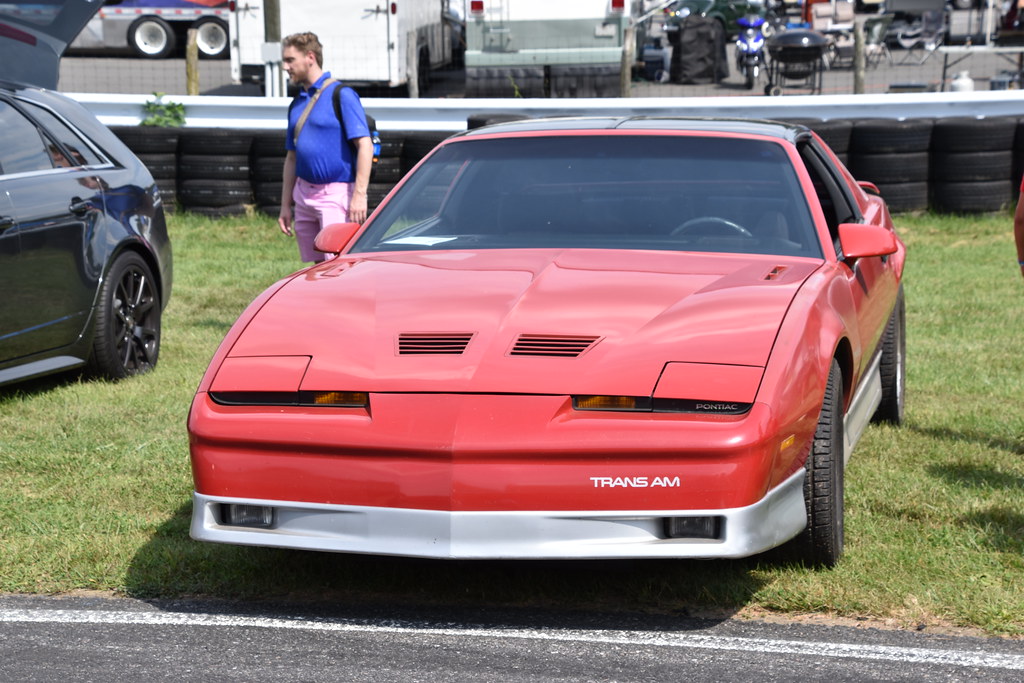
4. **Pontiac**Pontiac, originally established in 1926, was a division of General Motors that quickly rose to prominence as one of America’s most iconic car brands. It became particularly beloved for its performance-oriented vehicles, which captivated a generation of driving enthusiasts. The brand perfectly encapsulated the spirit of American muscle, blending powerful engineering with distinctive styling that commanded attention on the roads.
Throughout its history, Pontiac was responsible for producing some of the most memorable cars in American automotive history. Legendary models such as the Firebird, particularly its Trans Am variant, and the GTO, often credited with igniting the muscle car era, became cultural touchstones. These vehicles were not merely modes of transport; they were statements of performance, freedom, and bold American design, contributing significantly to the brand’s cult following and widespread appeal.
However, even with its strong legacy and loyal customer base, Pontiac faced increasing headwinds. The brand, despite its popularity, struggled with evolving market demands and internal corporate strategies. Its positioning within the vast General Motors portfolio became a challenge, as differentiation among GM brands sometimes blurred, impacting sales and overall market share.
Unfortunately, the broader economic downturn and the severe financial crisis that impacted the automotive industry proved to be a critical turning point for General Motors. As part of a drastic restructuring effort, GM made difficult decisions to streamline its brand portfolio. Pontiac was among three brands that General Motors ultimately discontinued in 2010, marking the end of an era for American muscle car enthusiasts and a significant loss to the automotive landscape.
Read more about: 15 Undervalued 1970s Classic Cars That Are Smart Buys for Enthusiasts Today

5. **Hummer**General Motors established the Hummer division in 1999 with a specific goal: to introduce a civilian version of the U.S. military’s High Mobility Multipurpose Wheeled Vehicle (HMMWV), which was manufactured by AM General, to the public. The original HMMWV, or Humvee, was renowned for its robust off-road capabilities and imposing presence, and GM sought to bring this rugged appeal to the consumer market. This initiative aimed to tap into a niche demand for extreme utility and distinctive, military-inspired aesthetics in personal vehicles.
The initial offering under the Hummer brand was the H1, a direct adaptation of the military vehicle, known for its unparalleled off-road prowess and massive footprint. In the years that followed, GM expanded the lineup by introducing the H2 and H3 models. These later iterations were designed to be more palatable for everyday civilian use, offering a blend of Hummer’s iconic ruggedness with increased creature comforts and slightly more manageable dimensions, though still retaining the brand’s unmistakable design language.
Hummer’s popularity soared in the late 1990s and early 2000s, especially among consumers looking for a statement vehicle that conveyed power and adventure. However, the brand faced significant headwinds as market dynamics began to shift. Rising gas prices became a major deterrent for potential buyers, given the Hummer models’ notoriously low fuel efficiency. Additionally, changing consumer preferences moved towards more environmentally conscious and fuel-efficient vehicles, further isolating Hummer from mainstream trends.
These challenges, coupled with the broader financial crisis that impacted General Motors, led to the decision to shut down the Hummer brand in 2010 as part of GM’s post-bankruptcy restructuring. While the Hummer name might have vanished as a standalone brand, it did experience a resurrection of sorts. In 2021, GM brought back the Hummer name, not as a separate division, but as an electric truck within the GMC lineup, signaling a strategic pivot towards sustainable, yet powerful, vehicles.
Read more about: 13 Sneaky Ways Historical Documents Are Forged (and How Forensic Science Busts the Bad Guys)
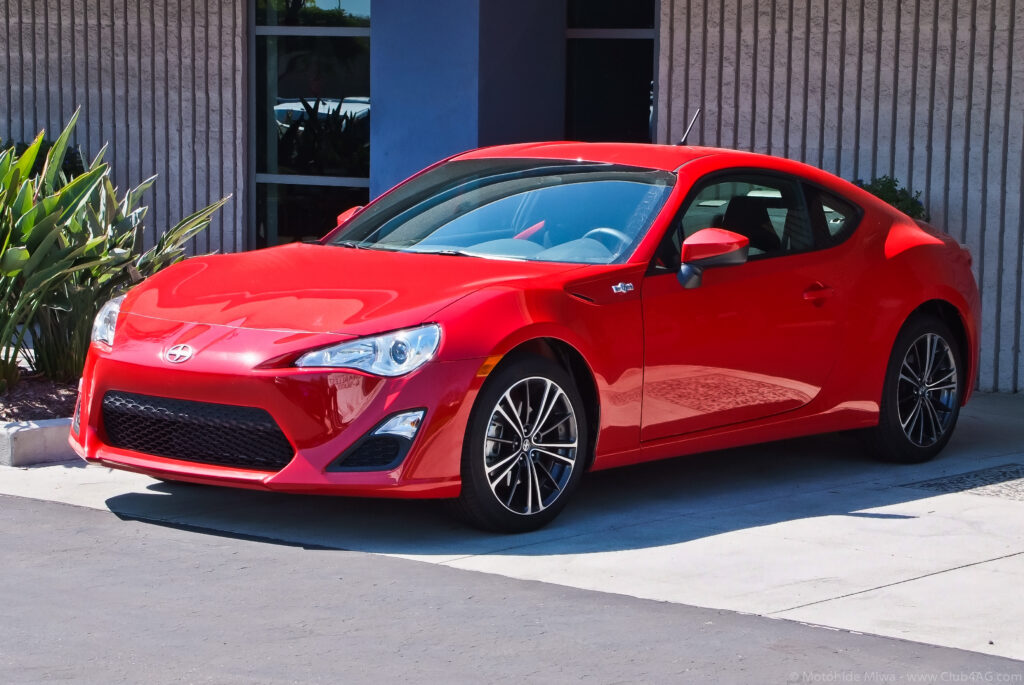
6. **Scion**Toyota launched Scion as an experimental brand in 2003, with a clear strategic aim: to attract younger consumers by offering a distinct lineup of compact, unconventional economy cars. The intention was to create a fresh identity, appealing to a demographic often overlooked by traditional automotive marketing, through unique designs, customizable options, and a notable no-haggle pricing policy. This approach sought to cultivate a new generation of loyal customers by providing a transparent and appealing car-buying experience, much like Saturn’s earlier philosophy.
Despite its innovative inception and targeted marketing efforts, Scion’s lineup struggled to achieve the widespread success Toyota had originally envisioned. The brand’s unique appeal, while resonating with a niche market, did not translate into the broader sales volumes required for sustained profitability. A critical challenge was maintaining a fresh and relevant product portfolio in a rapidly evolving market, an area where Scion often fell short, leading to perceptions of stagnation among potential buyers.
The global financial crisis of 2008 delivered a significant blow to Scion, as sales took a major hit, reflecting broader economic uncertainties and shifting consumer priorities. Ultimately, after years of attempting to redefine its market position and inject new life into its offerings, Toyota made the strategic decision to discontinue the brand in 2016. While Scion itself vanished, some of its popular models, such as the FR-S (rebadged as the Toyota 86) and the iA (which became the Toyota Yaris iA), were absorbed into the Toyota lineup, allowing their legacy to continue under a more established nameplate.
Read more about: An Unforgettable Journey: 13 Iconic Automotive Ventures and Their Final Passages into History

7. **Fisker Automotive**Prior to the emergence of Fisker Inc., the automotive world saw the rise and fall of Fisker Automotive, a company established in 2007 with a bold vision for luxury plug-in hybrid electric vehicles. Founded by renowned automotive designer Henrik Fisker, the company aimed to blend high-end aesthetics with advanced green technology, positioning itself as a pioneer in the burgeoning electric vehicle market. Its ambition was to create desirable, environmentally conscious performance cars that challenged established luxury brands.
Fisker Automotive introduced its flagship vehicle, the stylish range-extended EV known as the Karma, in 2011. The Karma garnered significant attention for its striking design, luxurious interior, and innovative powertrain, instantly becoming a symbol of eco-luxury. However, the production and delivery of the Karma were plagued by various challenges, including technical issues, supplier problems, and substantial manufacturing delays, which severely hindered its market penetration and generated skepticism among potential buyers.
The company’s financial standing was increasingly strained by sluggish sales and the high costs associated with bringing a revolutionary new vehicle to market. A devastating blow came when a large portion of its inventory—hundreds of completed Karma vehicles—was destroyed during Hurricane Sandy in 2012, leading to immense financial losses and further complicating its recovery efforts. These combined pressures proved insurmountable, leading Fisker Automotive to ultimately file for bankruptcy in 2013, with its assets acquired by China’s Wanxiang Group in 2014, marking the end of its ambitious, albeit short-lived, journey.
Read more about: Beyond the Showroom: Unveiling 12 Luxury Models That Defy Depreciation and Dominate Resale Value for Discerning Drivers
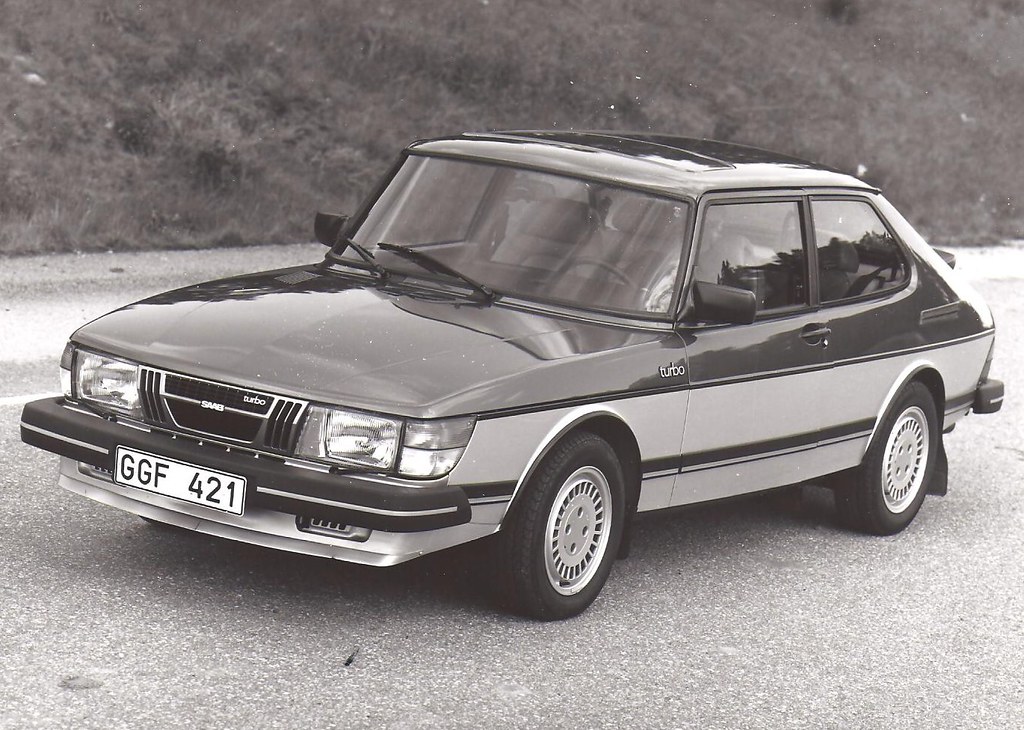
8. **Saab**Saab, a distinctive Swedish automaker, was founded in 1945, evolving from its origins as an aircraft manufacturer. This unique heritage deeply influenced its automotive designs, leading to vehicles renowned for their quirky individualism, advanced safety features, and aerodynamic efficiency. Models like the iconic Saab 900 and 9-3 developed a cult following, celebrated for their unique blend of practical engineering and sophisticated, driver-focused performance, offering a true alternative to mainstream European and American cars.
Despite its loyal customer base and reputation for innovation, Saab consistently struggled with profitability over the years. The brand’s niche appeal and relatively small production volumes made it difficult to compete with larger, more diversified automakers. General Motors recognized Saab’s potential, acquiring a $600 million stake in 1989 and eventually taking full ownership in 2000, hoping to integrate Saab’s engineering prowess into its global portfolio and leverage its distinct brand image.
However, under GM’s stewardship, Saab’s distinct identity often became diluted, as platform sharing and corporate standardization led to less unique models, alienating some of its core enthusiasts. Years of persistent financial struggles, further exacerbated by the global recession of 2008, forced GM to sell Saab in 2009. The brand then entered a tumultuous period, passing through the hands of various European automotive companies in a desperate bid to survive. Ultimately, unable to secure sustainable funding and faced with mounting debt, Saab filed for bankruptcy in 2011, and the brand was officially dissolved in 2016, ending a remarkable chapter in automotive history.
Car Model Information: 1992 Saab 900 Turbo 2dr Convertible
Name: Saab 900
Caption: Saab 900 SE Turbo 3-door
Manufacturer: Saab-Scania,Saab Automobile
Production: 1978–1998
Assembly: Sweden:,Trollhättan,Arlöv,Malmö,Uusikaupunki
Class: Compact executive car
Layout: Front-engine, front-wheel-drive layout
Predecessor: Saab 99
Successor: Saab 9-3
Categories: 1980s cars, 1990s cars, All Wikipedia articles needing clarification, All articles needing additional references, All articles that may contain original research
Summary: The Saab 900 is a mid-sized automobile produced by Swedish manufacturer Saab from 1978 until 1998 in two generations: the first from 1978 to 1994, and the second from 1994 to 1998.
The first-generation car was based on the Saab 99 chassis, though with a longer front end to meet U.S. frontal crash regulations and to make room for the turbo-charged engines, air conditioning and other equipment that was not available in the early days of the 99 model. The 900 was produced in 2- and 4-door sedan, and 3- and 5-door hatchback configurations and, from 1986, as a cabriolet (convertible) model. There were single- and twin-Zenith carburettor; fuel injected, and turbocharged engines, including Full Pressure Turbo (FPT) and, in European models during the early 1990s, Low Pressure Turbos (LPT).
Get more information about: Saab 900
Buying a high-performing used car >>>
Brand: Saab Model: 900
Price: $9,995 Mileage: 173,027 mi.
Read more about: Hidden Gems of the Highway: 14 Classic Cars That Revolutionized the Road and Then Vanished from Memory
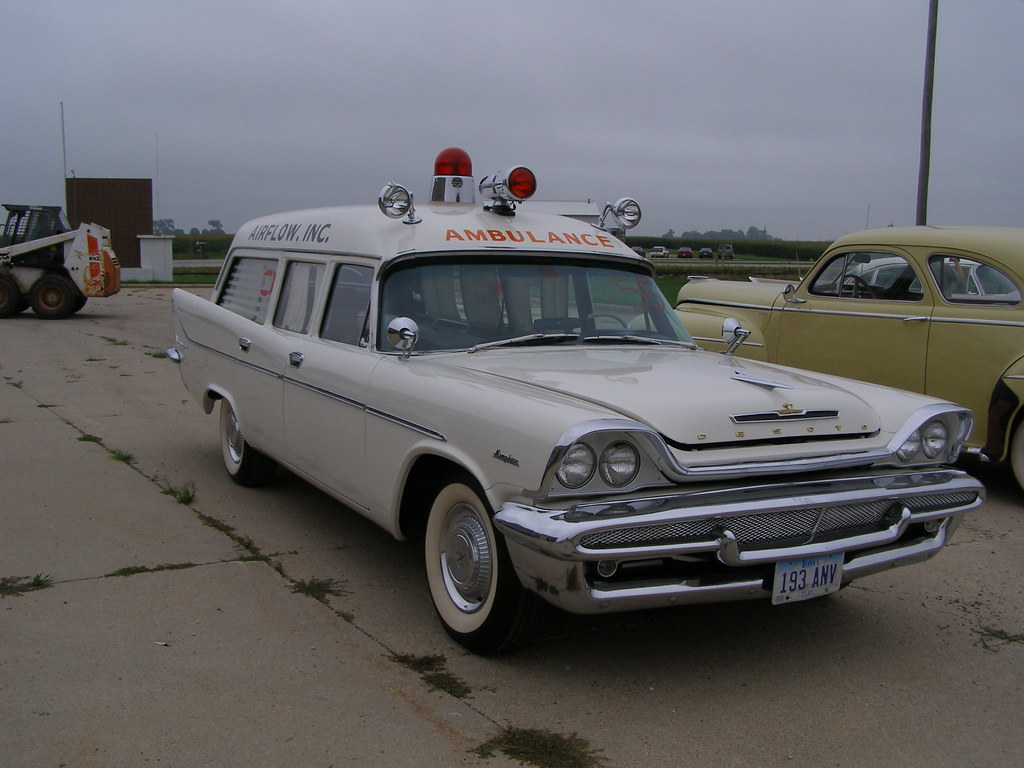
9. **DeSoto**DeSoto was a brand born from the strategic vision of Chrysler, established in 1928, with the primary objective of competing directly with popular mid-priced marques such as Buick and Oldsmobile. Positioned above the entry-level Plymouth and below the premium Chrysler and Imperial brands, DeSoto offered stylish and powerful cars that quickly gained a reputation for their value and elegant design. Models like the Fireflite and Adventurer were celebrated for their distinct aesthetics and robust performance, capturing a significant segment of the American market.
Despite its initial popularity and a strong presence in the market, DeSoto faced increasing internal competition within the vast Chrysler corporate structure. As Chrysler expanded its own offerings and acquired other brands, there was significant market overlap that began to dilute DeSoto’s unique selling proposition. The brand struggled to maintain a distinct identity when faced with similar vehicles from its parent company, making it harder to justify its separate existence to consumers.
The challenges intensified with the economic downturn of the 1958 recession, which severely impacted automotive sales across the board, and DeSoto was particularly vulnerable due to its already eroding market share. This perfect storm of internal competition, market saturation, and economic pressures led to a continuous decline in sales. Ultimately, Chrysler made the difficult decision to discontinue the DeSoto brand in 1961, bringing an end to its 32-year run in the American auto market, a stark reminder of the unforgiving nature of the industry.
Read more about: 12 Automotive Disasters: The Most Infamous Cars
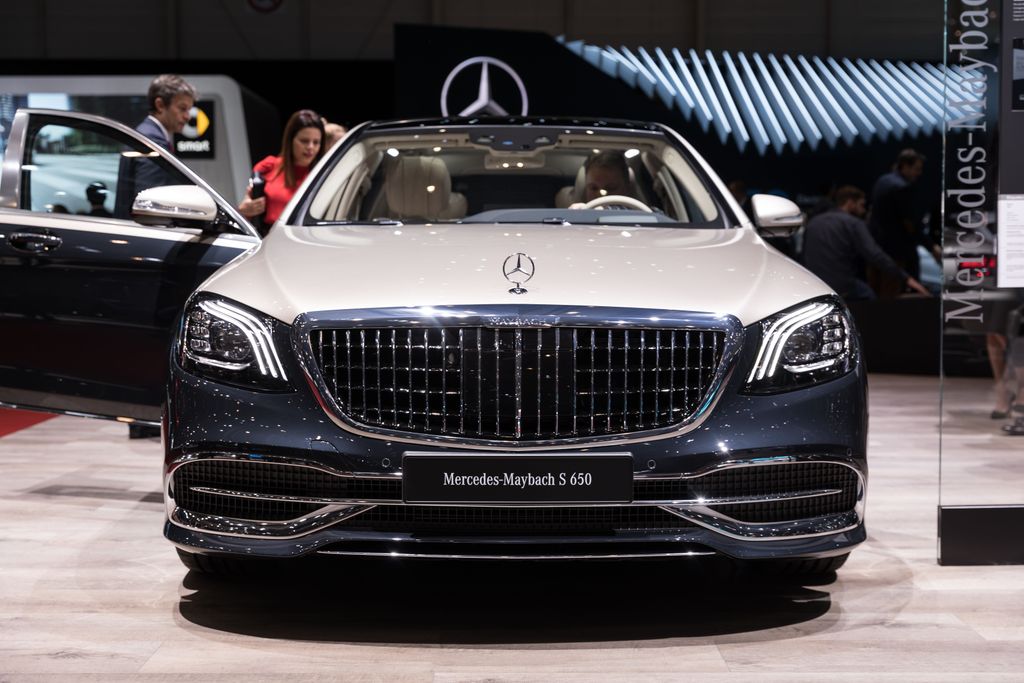
10. **Maybach**Maybach, a name synonymous with opulent luxury, was resurrected by Daimler AG in 2002, with the explicit goal of producing ultra-luxury sedans that would challenge the established dominance of brands like Rolls-Royce and Bentley. The revival aimed to tap into the burgeoning market for exclusive, bespoke automobiles among the ultra-wealthy, promising unparalleled craftsmanship, advanced technology, and an extraordinary level of customization. Each vehicle was intended to be a rolling testament to automotive artistry and engineering.
Under Daimler’s stewardship, Maybach produced two primary models: the 57 and the 62, named after their respective lengths in decimeters. These sedans were designed to offer supreme comfort and prestige, featuring lavish interiors, powerful engines, and a host of executive amenities. The exclusivity and meticulous attention to detail were reflected in their exorbitant price tags, which placed them firmly at the pinnacle of the automotive luxury segment, targeting only the most discerning and affluent clientele.
However, despite the brand’s storied heritage and the undeniable quality of its vehicles, sales proved to be deeply disappointing. The market for ultra-luxury cars is inherently small, and Maybach struggled to achieve sufficient brand recognition and desirability to truly compete with its entrenched rivals. The high prices, combined with a perceived lack of unique identity compared to similarly priced Mercedes-Benz models, led to a failure to meet sales targets. Consequently, Daimler discontinued Maybach as a standalone brand in 2013, effectively reabsorbing its ultra-luxury offerings under the Mercedes-Benz-Maybach sub-brand, a strategic pivot to leverage the stronger Mercedes-Benz global presence.
Read more about: An Unforgettable Journey: 13 Iconic Automotive Ventures and Their Final Passages into History
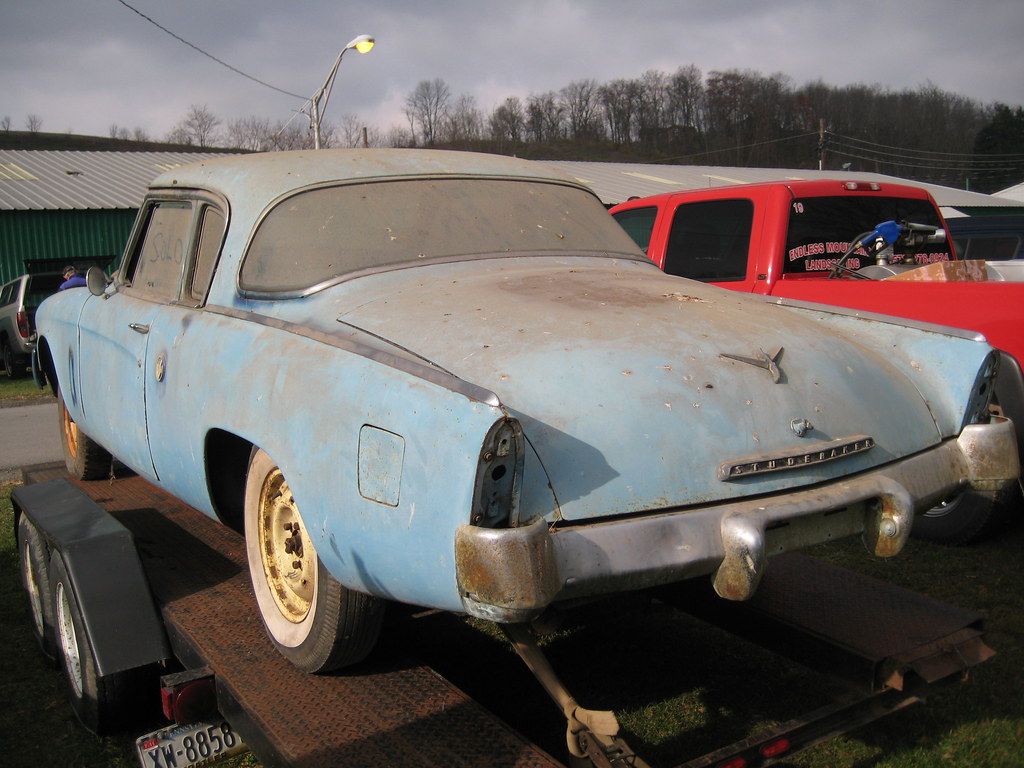
11. **Studebaker**Studebaker boasts a remarkable and extensive history, initially founded in 1852 as a wagon manufacturer before making a pivotal transition to automobiles in the early 20th century. This American automaker quickly earned a reputation for its forward-thinking approach, evolving from its horse-drawn origins to become a significant innovator in the burgeoning automotive industry. Its long-standing presence in the market reflected a deep commitment to engineering and design, adapting through various economic and industrial shifts.
Throughout its automotive era, Studebaker became known for groundbreaking and often daring designs, which often placed its vehicles ahead of their time. Iconic models included the distinctive bullet-nose designs of the 1950s, which offered a futuristic aesthetic, and the sleek 1953 Starliner coupe, celebrated for its elegant lines and sophisticated styling. These cars were not only visually striking but also offered a blend of reliability and performance that resonated with a broad spectrum of consumers, cementing Studebaker’s place in American automotive folklore.
Despite its innovative spirit and a loyal customer base, Studebaker found itself battling persistent financial struggles in the mid-20th century. The company faced intense competition from the much larger ‘Big Three’ automakers—General Motors, Ford, and Chrysler—who benefited from greater economies of scale, extensive dealer networks, and massive marketing budgets. Studebaker’s relatively smaller size made it difficult to compete on price, production volume, or widespread distribution, slowly eroding its market share and profitability.
These mounting financial pressures and the inability to effectively counter the competitive onslaught ultimately led to the demise of this historic brand. After a prolonged struggle to remain viable, Studebaker ceased its automotive operations in 1966, with its last factory closing in March 1966, though some associated operations lingered until 1967. The closure marked the end of an era for one of America’s most storied and innovative independent automakers, leaving behind a legacy of pioneering designs and a cautionary tale about survival in a consolidating industry.
Read more about: Buyer’s Remorse: 12 Highly Flawed Collector Cars That Mechanics Refuse to Touch
The narratives of these 11 brands offer invaluable insights into the volatile nature of the automotive industry. From groundbreaking innovations to strategic miscalculations and unforgiving economic pressures, each story underscores the critical importance of adaptability, distinct market positioning, and robust financial health. While their badges may no longer grace new vehicles, their contributions continue to shape our understanding of automotive history, serving as powerful reminders that even the most iconic names can become victims of progress and the relentless march of market evolution. Their legacies, however, endure, providing a rich tapestry of lessons for businesses navigating today’s equally challenging landscape.

